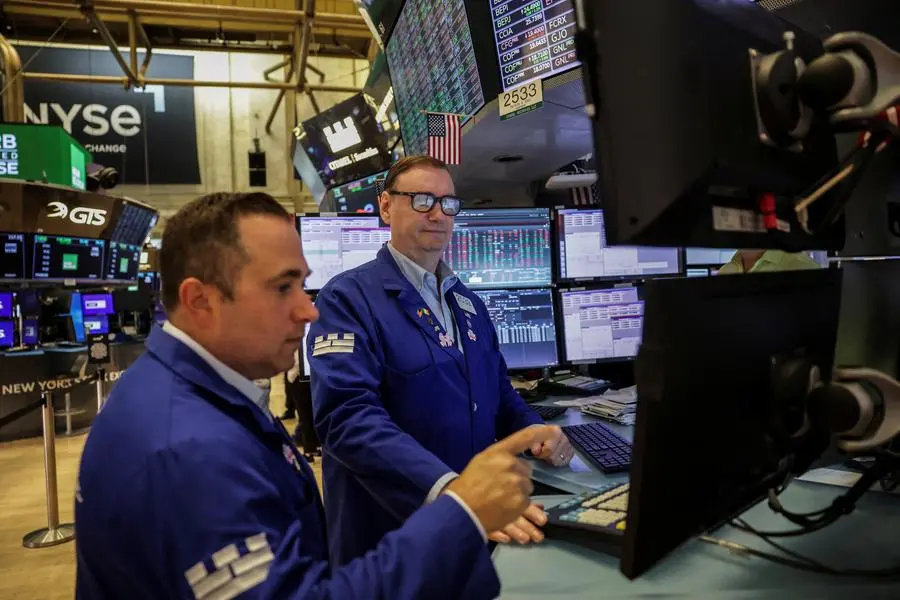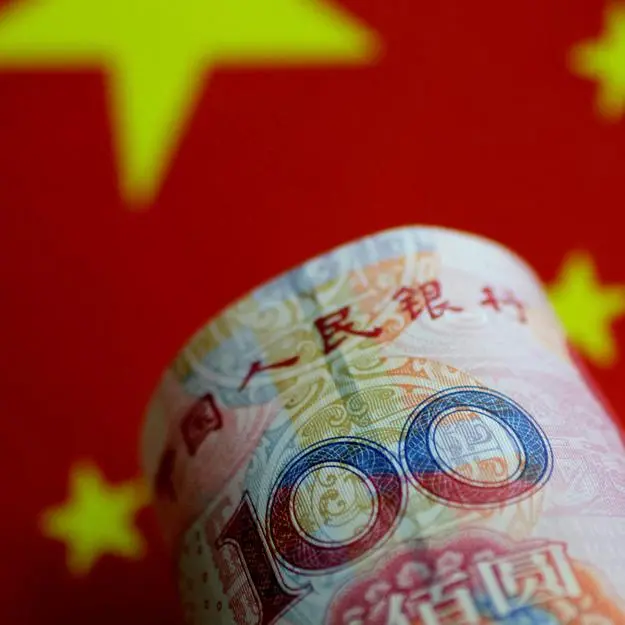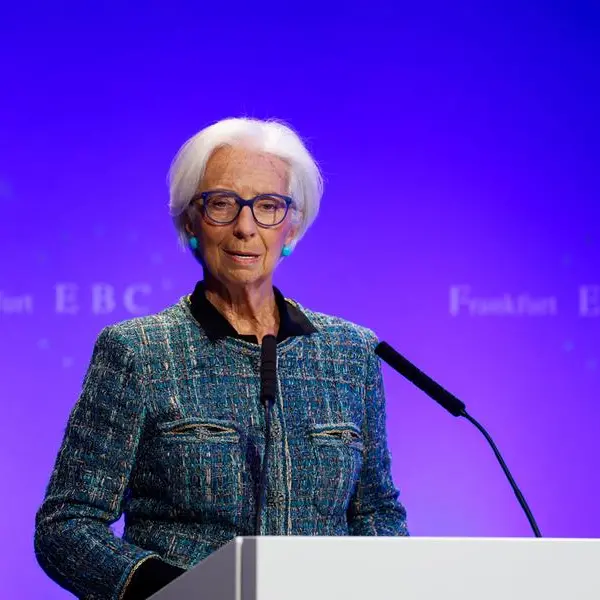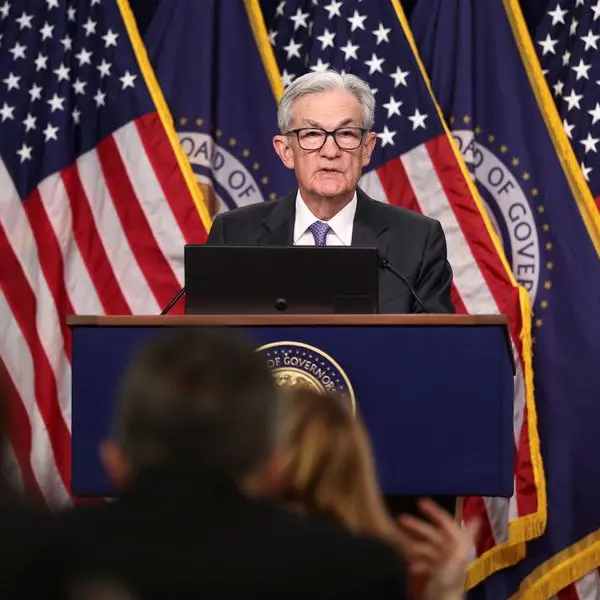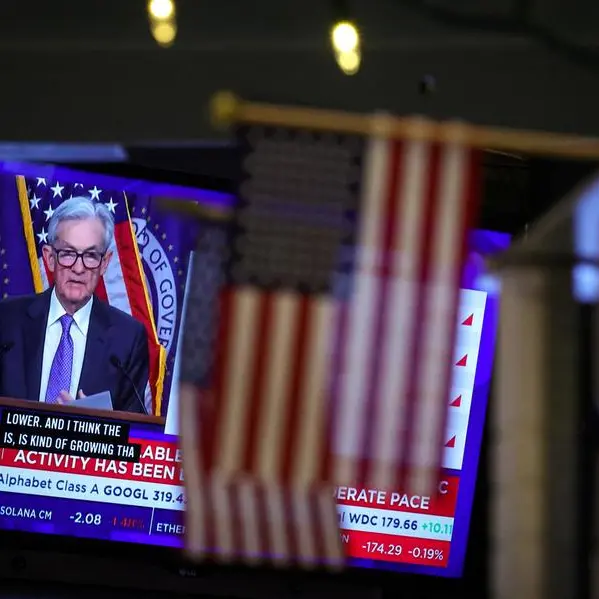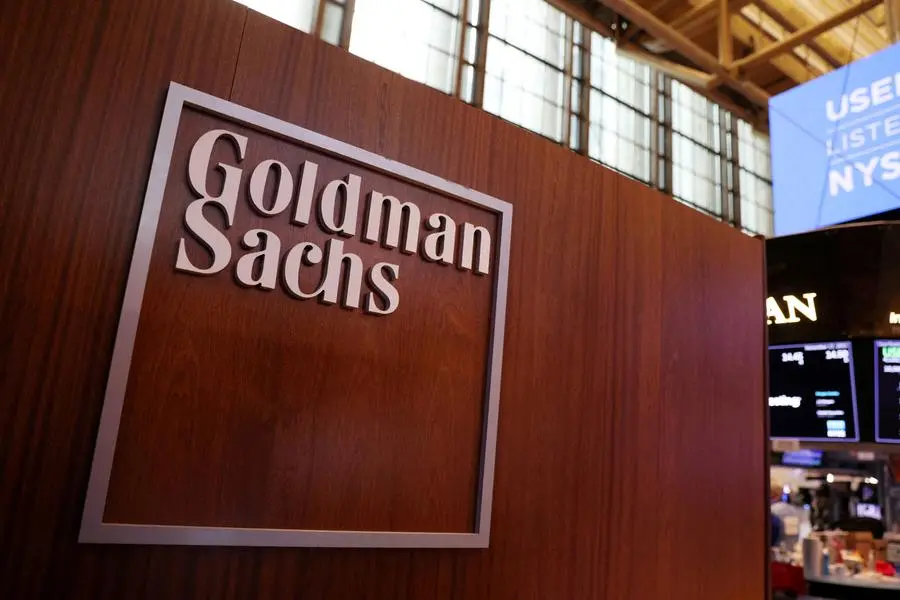PHOTO
(The opinions expressed here are those of the author, a columnist for Reuters.)
ORLANDO, Florida - The astonishing rebound in stocks since early April largely reflects investors' bet that U.S. President Donald Trump won't follow through on his tariff threats.
But the market's very resilience may encourage the president to push forward, which could be bad news for equities in both the U.S. and Europe.
Investors appear to believe that the April 2 "reciprocal" tariffs were mostly a tactic to bring countries to the negotiating table, and Washington's levies will end up being much lower than advertised. Tariffs may end up much higher than they were before Trump's second term began, but the situation will still be better than the worst-case scenarios initially priced in after Trump's so-called "Liberation Day".
Monday's equity moves were a case in point. Trump's threat on Saturday to impose 30% levies on imports from the European Union and Mexico - two of America's largest trading partners - was met with a collective market shrug. European and Mexican stocks dipped a bit, but Wall Street closed in the green and the Nasdaq hit a new high.
This follows threats in recent days to place a 50% tariff rate on goods imported from Brazil and a 35% levy on goods from Canada not covered under the USMCA agreement. Brazilian stocks have slipped 5%, but Canadian stocks have hit new peaks.
The question now is whether the line between complacency and the "TACO" trade - the bet that "Trump always chickens out" - is getting blurred.
GETTING STRETCHED
The scale of the recovery since April 7 is truly eye-popping. It took the S&P 500 less than three months to move from the April bear market lows to a new all-time high, as Charlie Bilello, chief market strategist at Creative Planning, recently noted on X. This was the second-fastest recovery in the last 75 years, only bested by the bear market recovery in 1982 that took less than two months.
On a 12-month forward earnings basis, the S&P 500 index is now near its highest level in years and well above its long-term average. The tech sector, which has propelled the rally, has rarely been more expensive in the last quarter century either.
None of that means further gains cannot materialize, and one could argue that the valuations are justified if AI truly delivers the promised world-changing productivity gains.
Regardless, it is hard to argue that the rally since April is not rooted in the belief that tariffs will be significantly lower than the levels announced on Liberation Day.
If many countries' levies do end up around 10% like Britain's and the aggregate rate settles around 15%, then equity pricing might very well be reasonable. But if that's not the case, growth forecasts will likely have to be revised a lot lower.
"We stay overweight U.S. stocks, but don't rule out more sharp near-term market moves. Uncertainty on who will bear tariff costs means yet more dispersion in returns – and more opportunity to earn alpha, or above-benchmark returns," BlackRock Investment Institute analysts wrote on Monday.
DOOM LOOP?
One concern is that a loop is potentially being created, whereby Wall Street's resilience and strength in the face of heightened trade uncertainty actually emboldens Trump to double down on tariffs.
Most analysts still believe cooler heads will prevail, however. Trump's tolerance for equity and bond market stress, and therefore U.S. economic pain, appears "limited", according to Barclays.
But if markets have gotten too complacent and Trump does increase tariffs on EU goods to 30%, potential retaliation would risk a repeat of something similar to the post-Liberation Day selloff, sending European equities down by double digits, Barclays warns.
It may also be that when it comes to tariffs, investors are focusing so intently on China that not much else moves the dial. This may be short-sighted though.
China accounted for 13.4% of U.S. goods imports last year, the lowest in 20 years. In contrast, the U.S. imported $605.7 billion of goods from the European Union, or 18.6% of all imports and the most from any single jurisdiction.
As Trump sees it, Europe is "ripping off" America almost as much as China.
Bilateral U.S.-China trade last year totaled $582 billion, compared with bilateral U.S.-EU trade flows of $975 billion, U.S. Census data shows. America's $235.9 billion goods deficit with the EU was smaller than its $295.5 billion gaps with China, but that's still comfortably America's second-biggest trade deficit.
If Trump doesn't back down in his standoff with Europe, Wall Street might have to.
(The opinions expressed here are those of the author, a columnist for Reuters)
(By Jamie McGeever)
